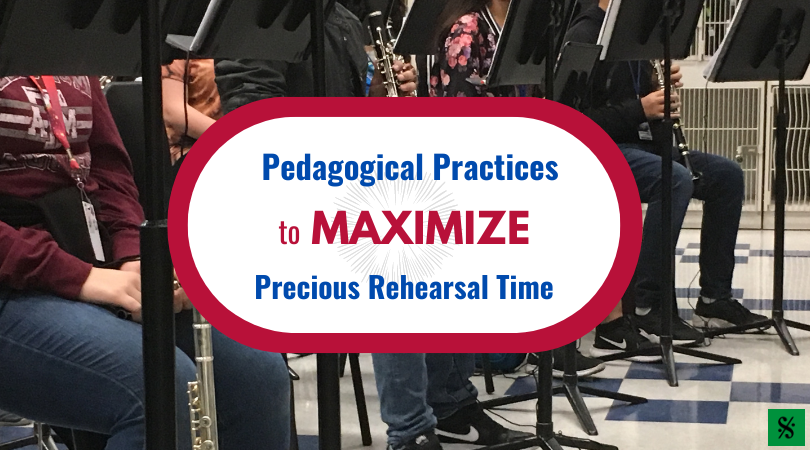Tips for Teaching Trombone – Readers’ Collaborative Post
In our recent survey, we asked Band Directors Talk Shop readers, “What is your very best advice for teaching trombone?” With hundreds of responses to the survey, we came up with this categorized list of your answers. Thanks so much to all of our readers who took time to fill out the survey. Keep an eye out for more Readers’ Collaborative Posts in the future

What is your very best advice for teaching trombone?
Use Your Ears
- LISTEN—question young students often about what they hear.
- Match pitch with a drone to help with the ear training portion.
- Don’t try to match slide positions, have students also match pitch.
- Sing notes while moving the slide (not only do they need to hear the pitches, they are also learning bass clef for the first time).
- Sing, buzz, play.
- Fast slide WITHOUT marking the positions with fingers and USE YOUR EARS to determine accurate slide positions, not markings with the bell since every trombone and player are different.
Slide Technique
- Explain that the slide moves at the same speed no matter the tempo of the music.
- Flat notes are odd positions.
- Second position is from tip of thumbnail to first knuckle (an inch of silver showing).
- Movement of slide should initiate from wrist, not the elbow. Tip of fingers should hold slide (no clamping).
- Set up the slide grip properly.
- Slide technique must include fingers and wrist first.
- Slide positions are a guide – teach ear training so they can adjust to what they hear.
Tone Tips
- Big, big sounds early. Refine the sound later.
- Open Teeth.
- The idea of creating a sound by playing on the instrument and not just the mouthpiece.
- Make sure they are keeping the inside of their mouth open – “Doh”
Air
- Blow through the horn, not just into it. Play as if your air has to move the flag on the other side of the room.
- Blow your air all the way through the instrument, not just the mouthpiece.
- Blow your air to push through 10 feet of tubing & out the bell.
Other Tips
- Do more glissandos from the beginning. Buzzing the mouthpiece is good, but having them doing “fun glissandos” seems to get them stretching their embouchure more.
- It is all about air support and fun to make slidy noises that nobody else can do.
- Da tongue, sometimes la tongue for legato playing.
- Lip slurs as early as possible. We wrote a stepped series of lips slurs that started them as soon as they were solid on producing tone and worked them sequentially until by the end of year 1 they had a full lip slur warm up at their level. Game changer!
Related Reading:
Glissandi Exercises for Trombones – Giving Pitch to Air Flow
Tips for Teaching Embouchure in Beginning Band
Diagnosing Brass Tension and Helping Students Achieve a Better Sound
If you would like to receive our weekly newsletter, sign up here.
Don’t forget to like us on Facebook too!
Learn. Share. Inspire.
BandDirectorsTalkShop.com






Leave a Reply
You must be logged in to post a comment.